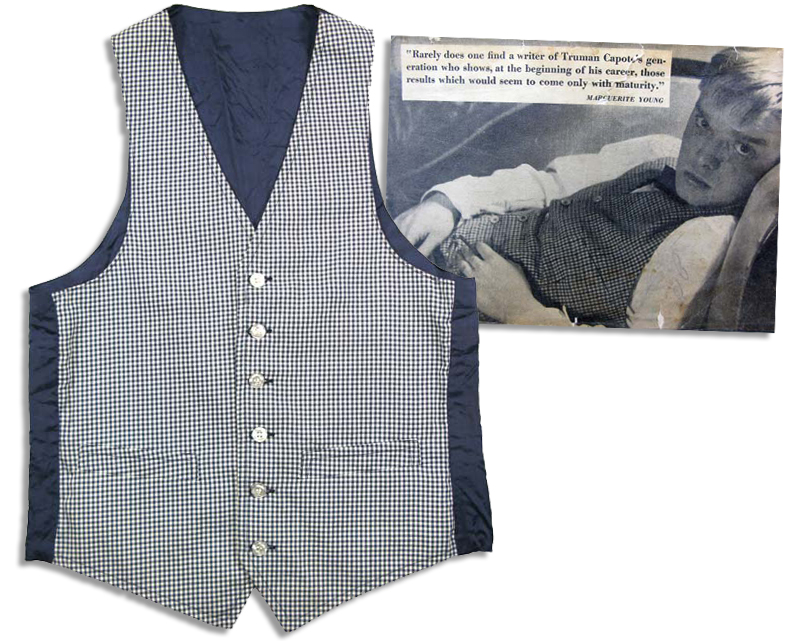

Arriving at the huge ruined palace called Skally Landing in Alabama, Joel meets his rude stepmother, Amy, the perverted transvestite Randolph, and his brave girlfriend, Idabel. Joel was sent from New Orleans to live with his father, who abandoned him when he was born. The story is about 13-year-old Joel Knox who lost his mother. Now that I’ve read it again, I can’t forgive myself for cheating. “Other voices, other rooms ” was an unconscious, utterly intuitive move to try to drive this crazy out, because I didn’t realize that, with a few exceptions and descriptions, it was largely autobiographical. Decades later, in his book The Walking Dog (1973), he commented: 6 Capote described this symbolic tale as a "poetic burst of strongly suppressed emotions." The novel is a semi-autobiographical depiction of Capote’s childhood in Alabama. With an advance of $ 1,500, Capote returned to Monroeville and began Other Voices, Other Rooms, and continued to work on the manuscript in New Orleans, Saratoga Springs, New York, and North Carolina, eventually ending it in Nantucket, Massachusetts. One of his short stories, the critical success of Miriam (1945), caught the attention of publisher Bennett Surf, who eventually contracted Random House to write the novel. Capote went to Fouts’ dark apartment on the Rue de Bac, and would later write a short-story, “Unspoiled Monsters”, based on Fouts’ life.1.2. In Paris, dying American prostitute, Denham Fouts (a literary muse and gay lover of European royals, writers and actors) sent a blank cheque to Truman Capote with only the word ‘come’ written on it after seeing the photo.

His first New York one-man show was Fifteen Drawings Based on the Writings of Truman Capote (1952). The 20-year-old Andy Warhol wrote fan letters to Capote, and when Warhol moved to New York in 1949, he made numerous attempts to meet Capote. The photo made a huge impression on many artists. Truman claimed that the camera had caught him off guard, but in fact he had posed himself and was responsible for both the picture and the publicity … not only the literary, but also the public personality he had always wanted.” In Capote: A Biography (1988), Gerald Clarke wrote, “The famous photograph: Harold Halma’s picture on the dustjacket of Other Voices, Other Rooms caused as much comment and controversy as the prose inside.

The Broadway stage revue New Faces (and the subsequent film version) featured a skit in which Ronny Graham parodied Capote, deliberately copying his pose in the Halma photo. The humorist Max Shulman struck an identical pose for the dustjacket photo on his collection, Max Shulman’s Large Economy Size (1948). The Los Angeles Times reported that Capote looked “as if he were dreamily contemplating some outrage against conventional morality.” The novelist Merle Miller issued a complaint about the picture at a publishing forum, and the photo of “Truman Remote” was satirized in the Mad (making him one of the first four celebrities to be spoofed in the magazine). The picture was reprinted along with reviews in magazines and newspapers, some readers were amused, but others were outraged and offended. One woman said, “I’m telling you: he’s just young,” to which the other responded, “And I’m telling you, if he isn’t young, he’s dangerous!” Although Capote publicly noted that it distracted readers from the book, he privately enjoyed the sensation it made, and delighted in retelling of this anecdote: Walking on Fifth Avenue, Halma overheard two middle-aged women looking at a Capote blowup. The book made its debut at #9 on the New York Times Best Seller list, and gave Capote notoriety he yearned. Random House used it in “This is Truman Capote” ads, and large blowups were displayed in bookstore windows.

The photo was published on the backcover of the novel, and instantly became the literary world’s pinup equivalent. To promote the book, Harold Halma took a photo of the then-23-year-old author reclining and gazing into the camera. In 1947, Truman Capote wrote Other Voices, Other Rooms, a Southern Gothic novel about familial estrangement and homosexuality.


 0 kommentar(er)
0 kommentar(er)
